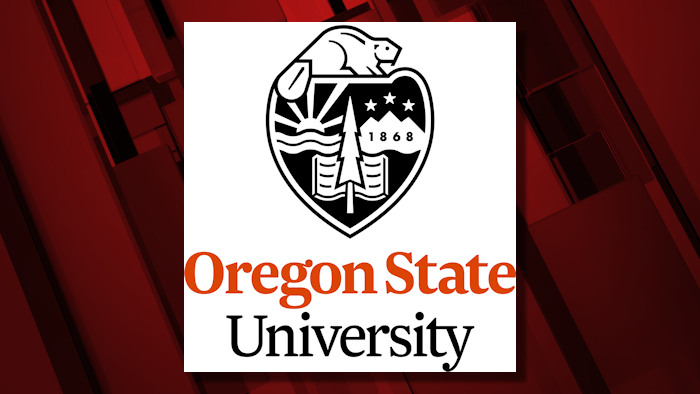‘Shortcuts’ to boost female enrollment in economics degrees may backfire, OSU study warns

CORVALLIS, Ore. (KTVZ) — Current best practices for encouraging more female students to pursue degrees in economics may actually have the opposite effect and worsen gender disparities in the field, a recent study from Oregon State University found.
The study examined whether mass emails telling introductory economic students about promising career and earning opportunities helped increase female participation in higher-level economics courses. But instead, these emails appealed more to male students, increasing male enrollment and widening the existing gender gap. There was no change in the probability of female students majoring in economics.
Researchers say this demonstrates a need for more personalized, deliberate interventions.
“There are no shortcuts to promoting diversity,” said study co-author Todd Pugatch, an associate professor and associate director of the economics program in OSU’s College of Liberal Arts. “I don’t think we went into this expecting there’d be shortcuts or easy fixes, but we also didn’t expect there would be such unintended consequences.”
Economics has come under increased scrutiny in recent years as it remains a very male-dominated field, with women receiving only about a third of doctorate and bachelor degrees in economics each year, and women accounting for only about 15% of full professors in economics. Research papers have shown evidence of discrimination and bias in economics but the field still needs better ways to combat those disparities, said Liz Schroeder, co-author on the paper and an associate professor of economics at OSU.
“People might be underrepresented in economics for different reasons, and we need to have a deeper understanding of what those reasons are for different groups, and to tailor our interventions accordingly,” she said.
In the study, Pugatch and Schroeder had economics professors send emails to 2,277 OSU students in introductory economics courses during the 2018-19 academic year, then tracked whether those students pursued economics later in college. For reference, that year OSU had 83 economics graduates, 18 of whom were women.
There were four tiers of emails: One shared basic information and encouragement based on the description of the economics major; one listed the earnings of economics graduates; one shared the basic information along with a career video from the American Economic Association; and one shared the basic information along with links to OSU video testimonials from graduates.
Roughly 35% of the introductory students who received emails in the study were women. When researchers followed up on students’ majors two to four terms later, they found that students who received any version of the email were 2 percentage points more likely to stick with economics — but the increase was driven entirely by male students. The type of email showed no significant effect on results.
Based on these findings, the researchers estimate that if emails were sent to all introductory economics students, the disparate response would cause the ratio of male to female students in the economics major to nearly double. And among the subset of students earning a B- or better, they predict the male-female ratio would more than double.
Though informational email nudges to students are considered a best practice by the American Economic Association, Pugatch and Schroeder say colleges need to be careful they don’t worsen the problems they are trying to solve.
They recommend more time-intensive interventions, such as mentoring, guest lectures by successful alumni and updating course curriculum to better reflect the existence and economic concerns of women.
“One idea that’s become popular is that if more women and underrepresented people understand the breadth of economics, they might be more interested in studying it,” Schroeder said. “A lot of people think it’s only about money and finance and profits, but really it’s a study of how people make decisions. There are a lot of social and policy topics that you can study.”
The researchers also note the value of students seeing role models who look like them succeeding in the field. OSU recently started a Women in Economics club that allows newer students to connect with upper division students and find a sense of community. And the economics department is working to update its textbooks and other course materials.
Current and future studies will look further into how to support underrepresented students including women, first-generation college students and students of color.
“Even among those of us who want to see change, we don’t necessarily know how to bring it about,” Pugatch said. “That’s why this research is so important, for us to better understand.”